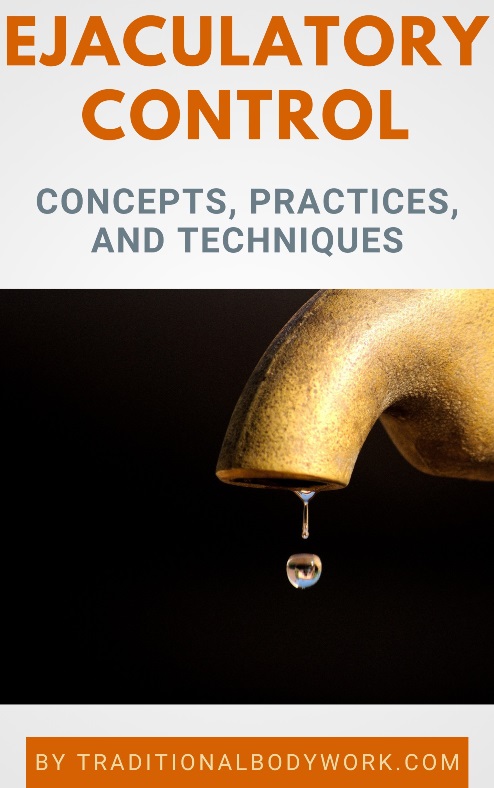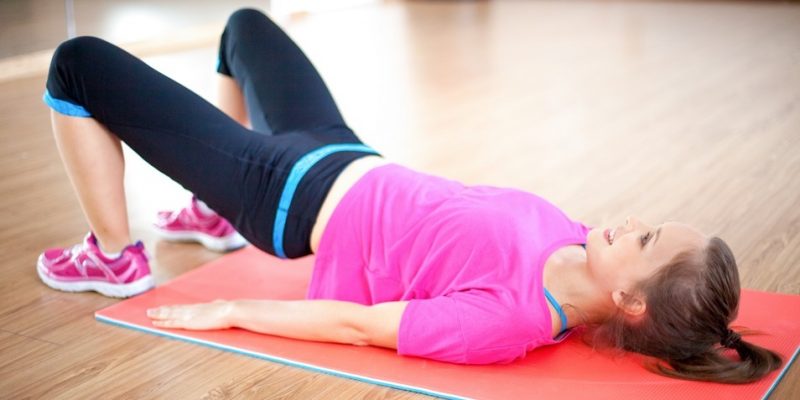
Kegel exercises, named after the American gynecologist Arnold Kegel, are Pelvic Floor Exercises. The practice comprises of repeatedly contracting and relaxing the muscles that are part of the pelvic floor, notably the pubococcygeus muscles (the so-called PC muscles).
Although attributed to Mr. Kegel, Pelvic Floor Muscle Exercises are a very ancient practice, used in a variety of traditional medicine systems, such as those of China, India, and Thailand. The Chinese-Taoist equivalent for the Kegel exercise is the well-known Qigong Deer Exercise. In Thailand, pelvic floor exercises are part of Reusi Dat Ton Self-Stretching exercises. In India, a broad range of Yoga poses engage the pelvic floor muscles.

Today in Asia, pelvic floor muscle training, massage, and exercises for men are still seen as being crucial for longevity, prostate health, emotional health, and in general — for sexual health. In any case, Kegel Exercises can be done as much as one likes, several times a day, for several minutes each session, but it may take a while before results are noticeable.
The goal of the exercises is to strengthen the pelvic floor muscles, which have several functions in our body. A healthy pelvic floor can prevent urinary and fecal incontinence (support for anal and bladder sphincters), treat or prevent vaginal and uterine prolapse, keep or realign internal organs, control male ejaculation, diminish pelvic pains or painful sexual intercourse, and promote prostate health (mitigating symptoms of benign prostatic hyperplasia and prostatitis in men), among other things.
Kegel Exercises are rather simple to master. The main action to perform is engaging the muscles that hold in urine and avoid defecation. The exercises can be done standing, sitting or lying, in a variety of poses and positions. A check to see if you do them right is to stop the flow of urine while peeing.
In fact, one tightens the muscles around the scrotum, perineum and anus, holds for a few seconds and then releases. Variety is beneficial and can be brought in by varying the duration of holding (squeezing) the muscles, the number of repetitions, the speed of alternations, and the number of times per day one does the exercises.














